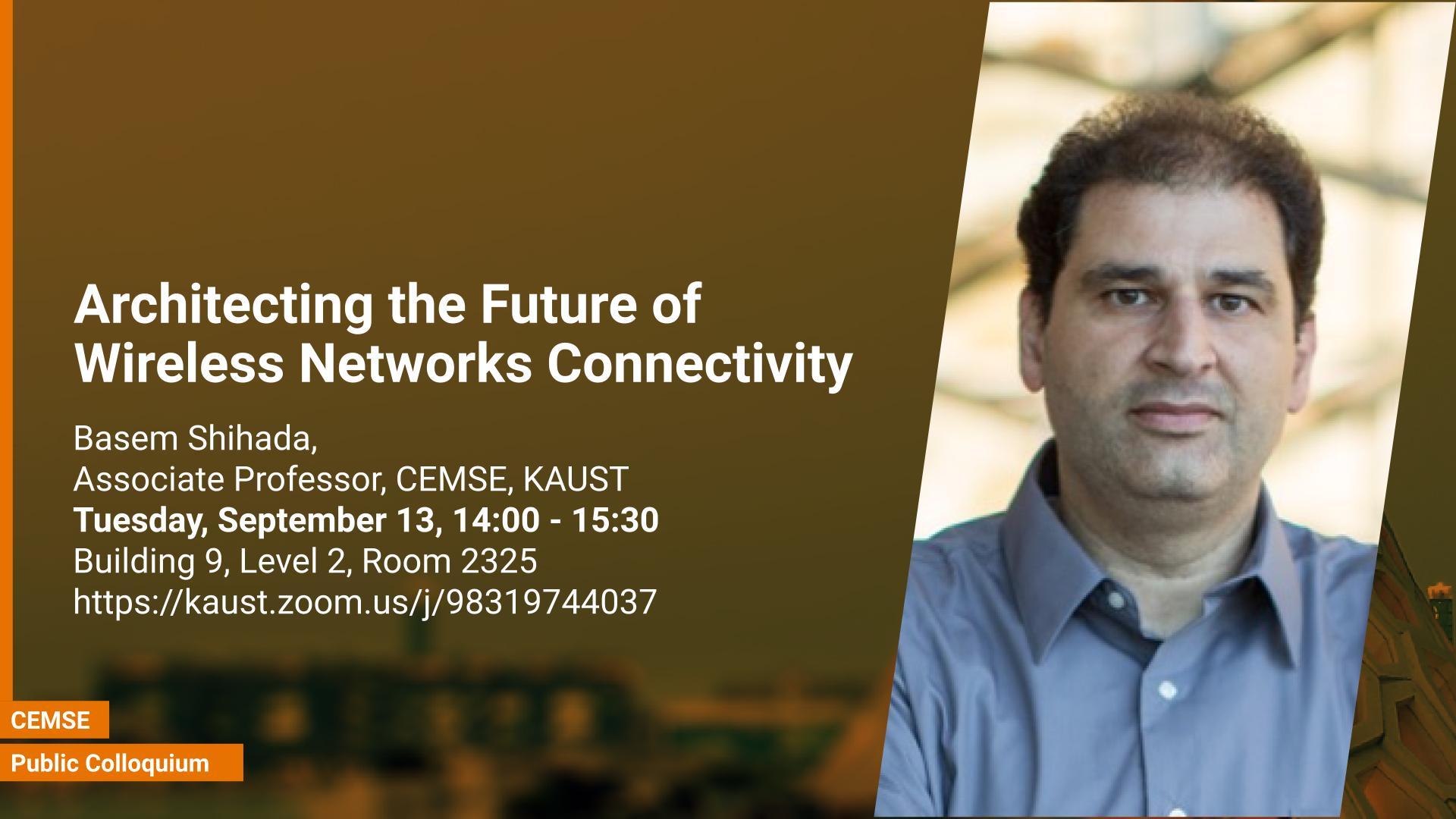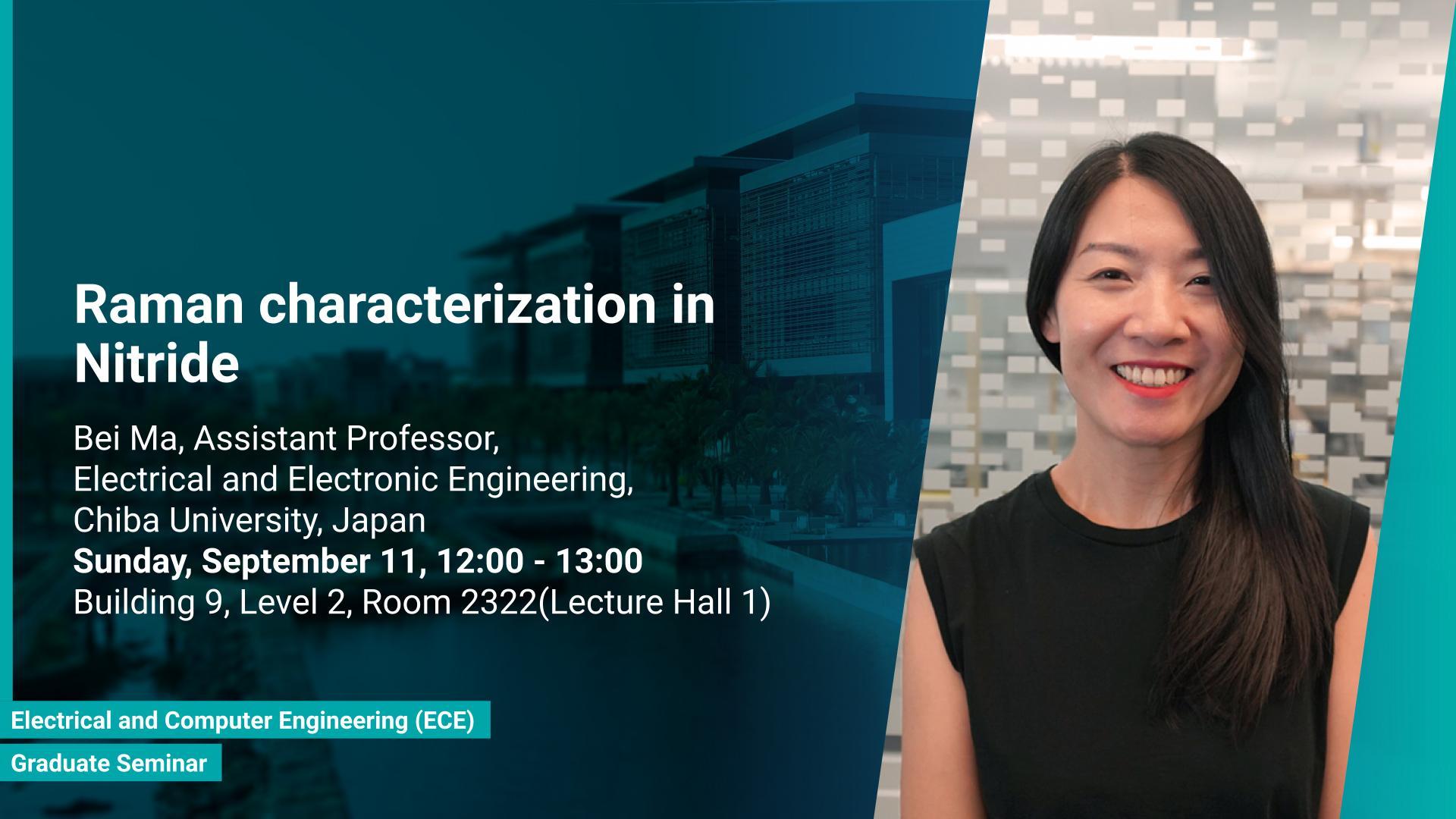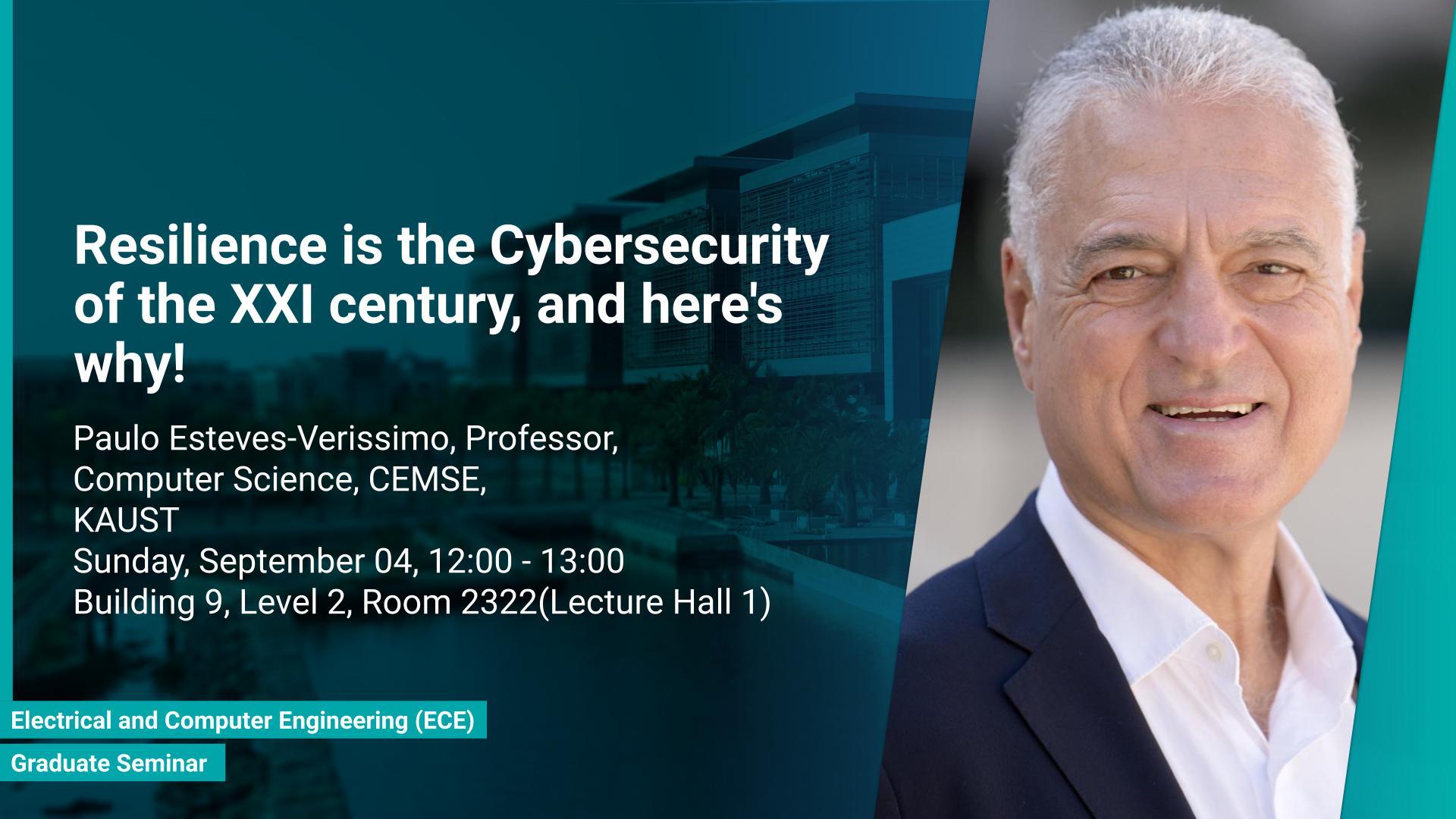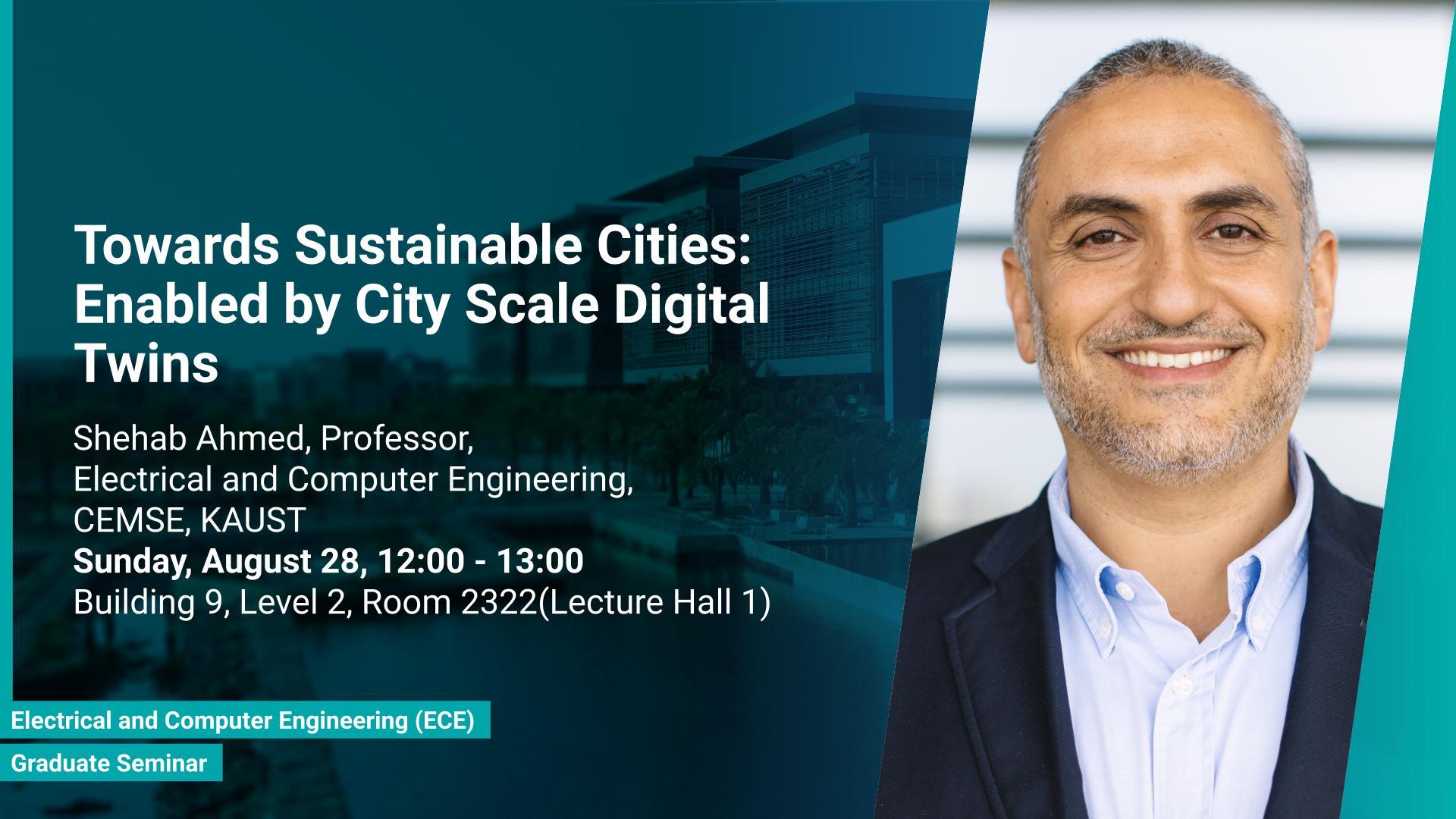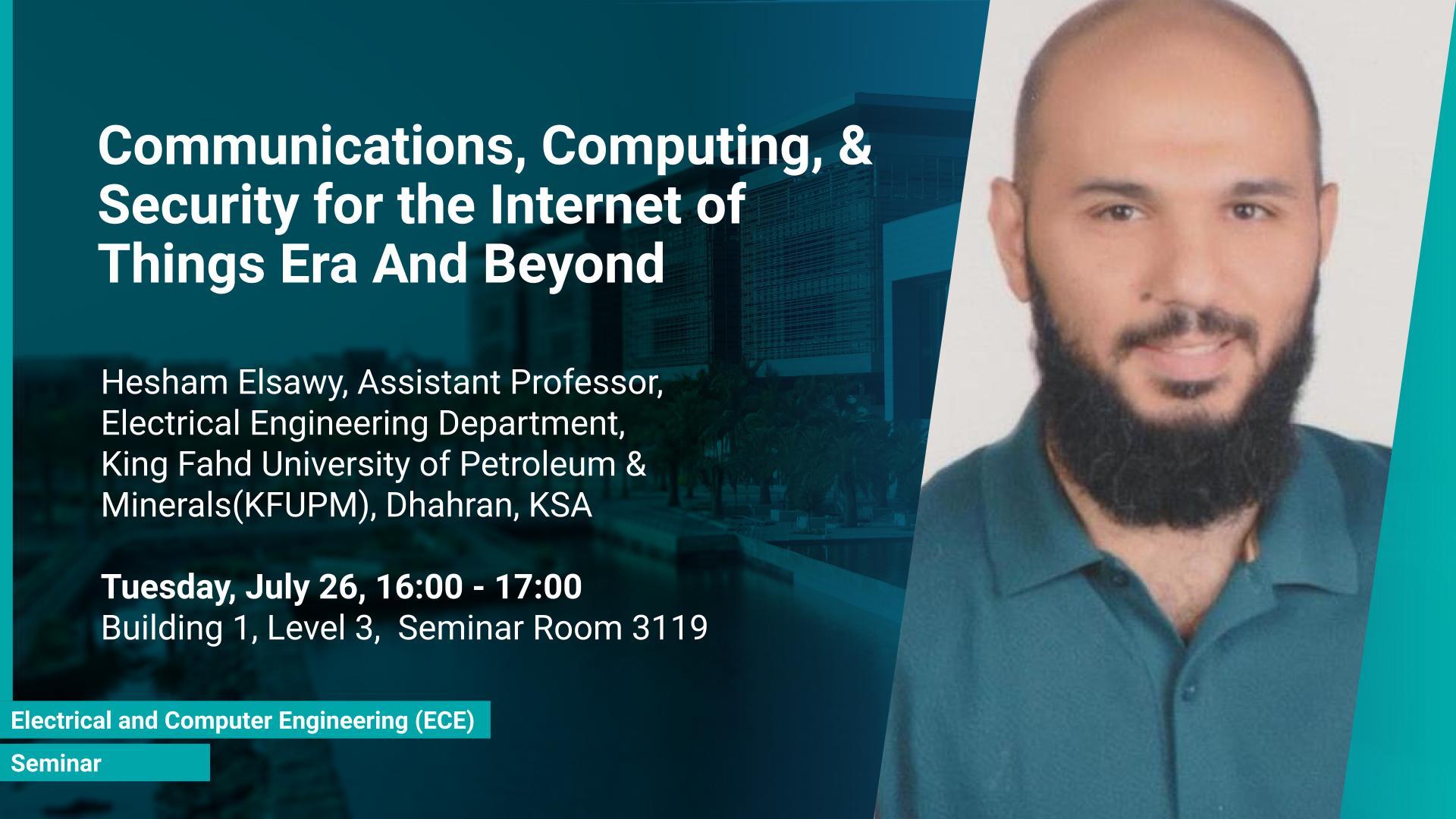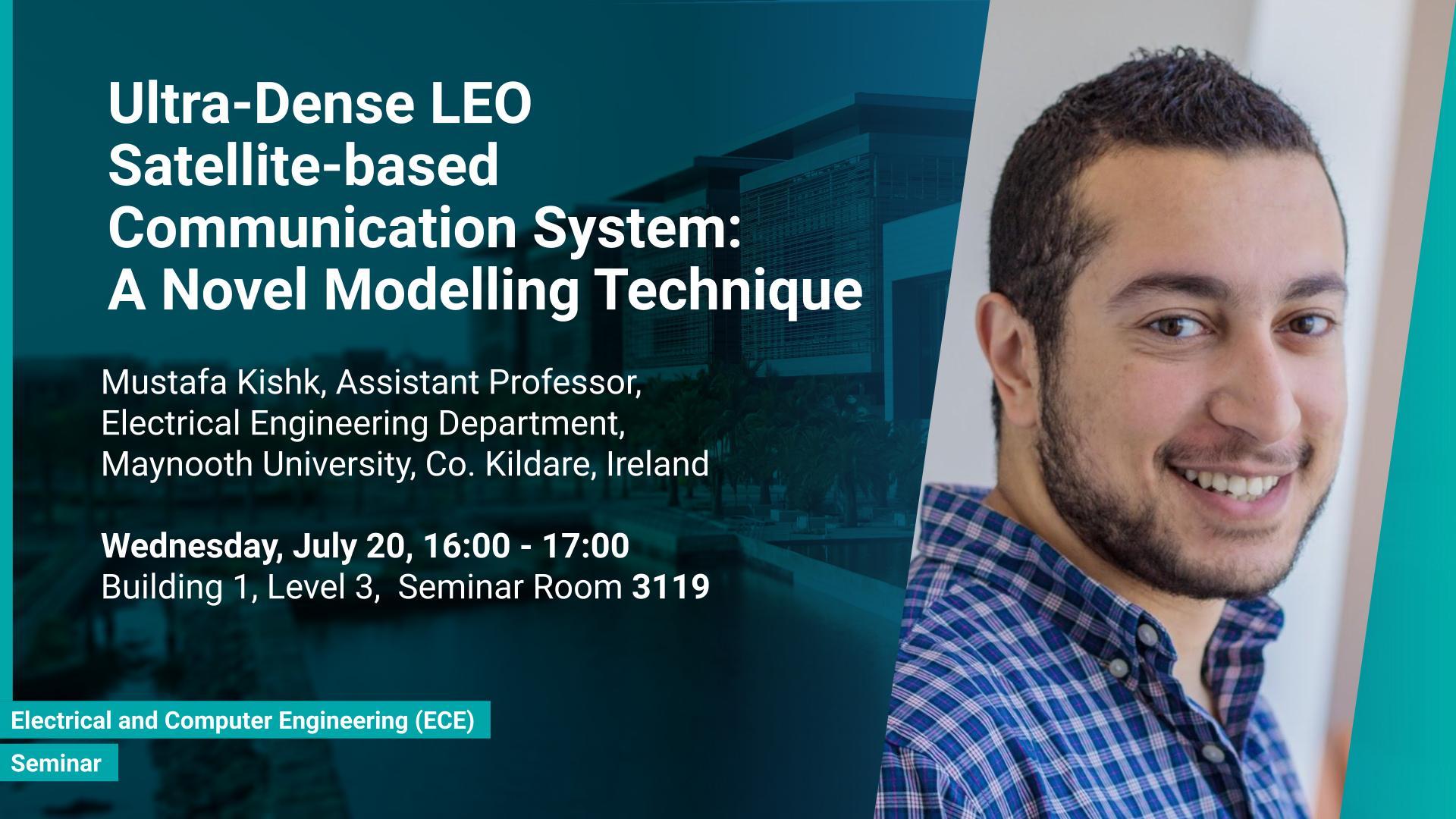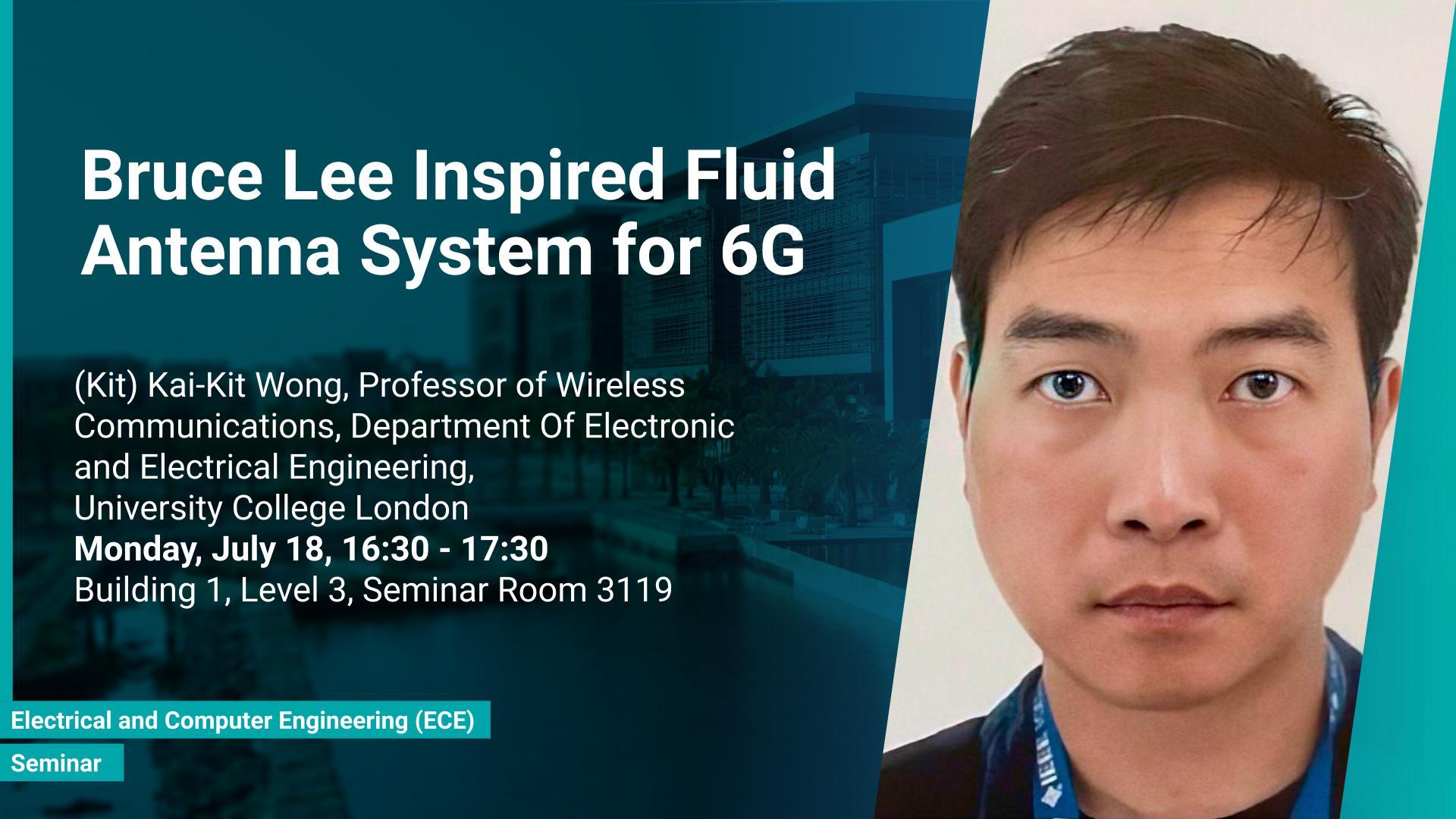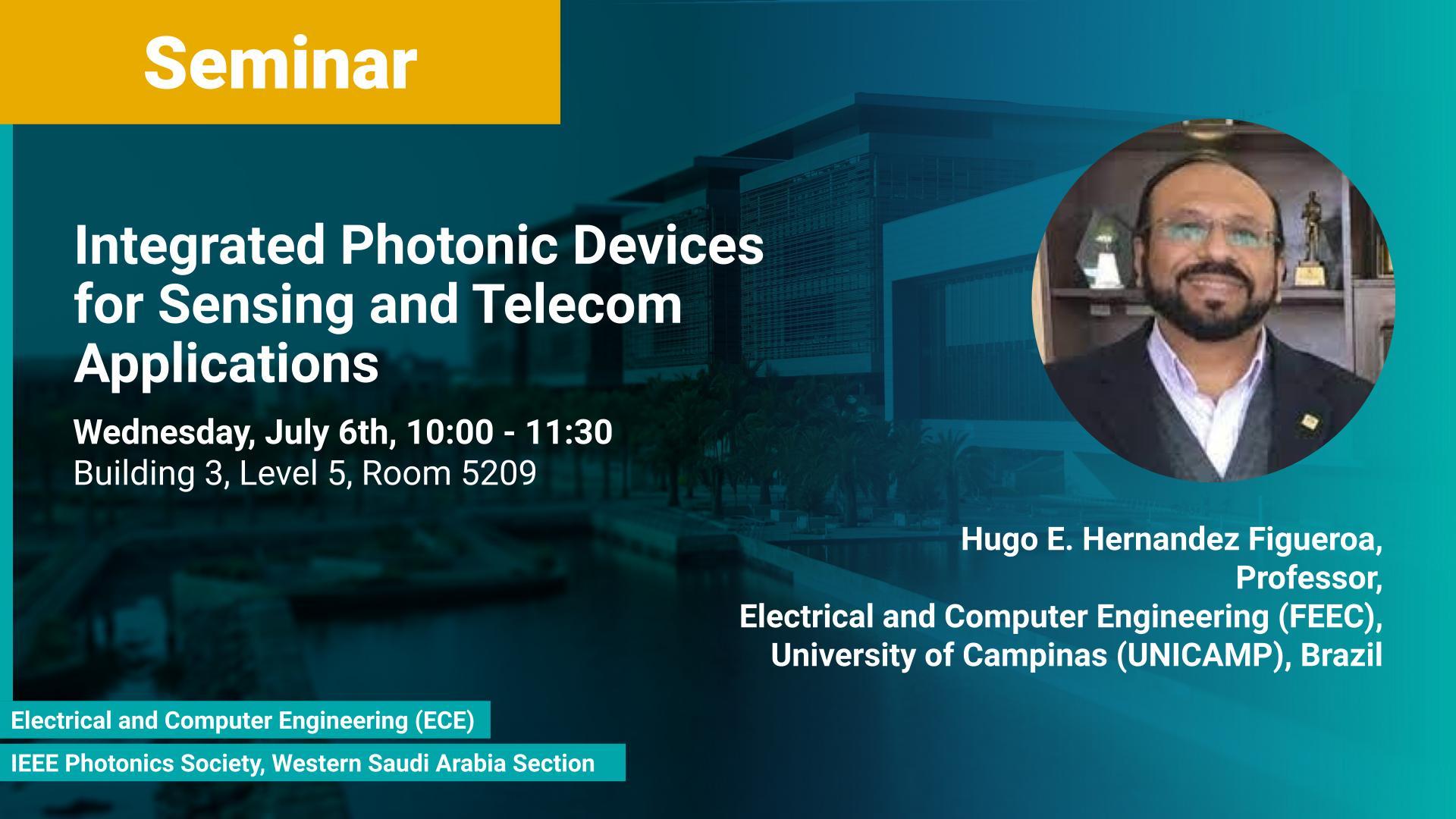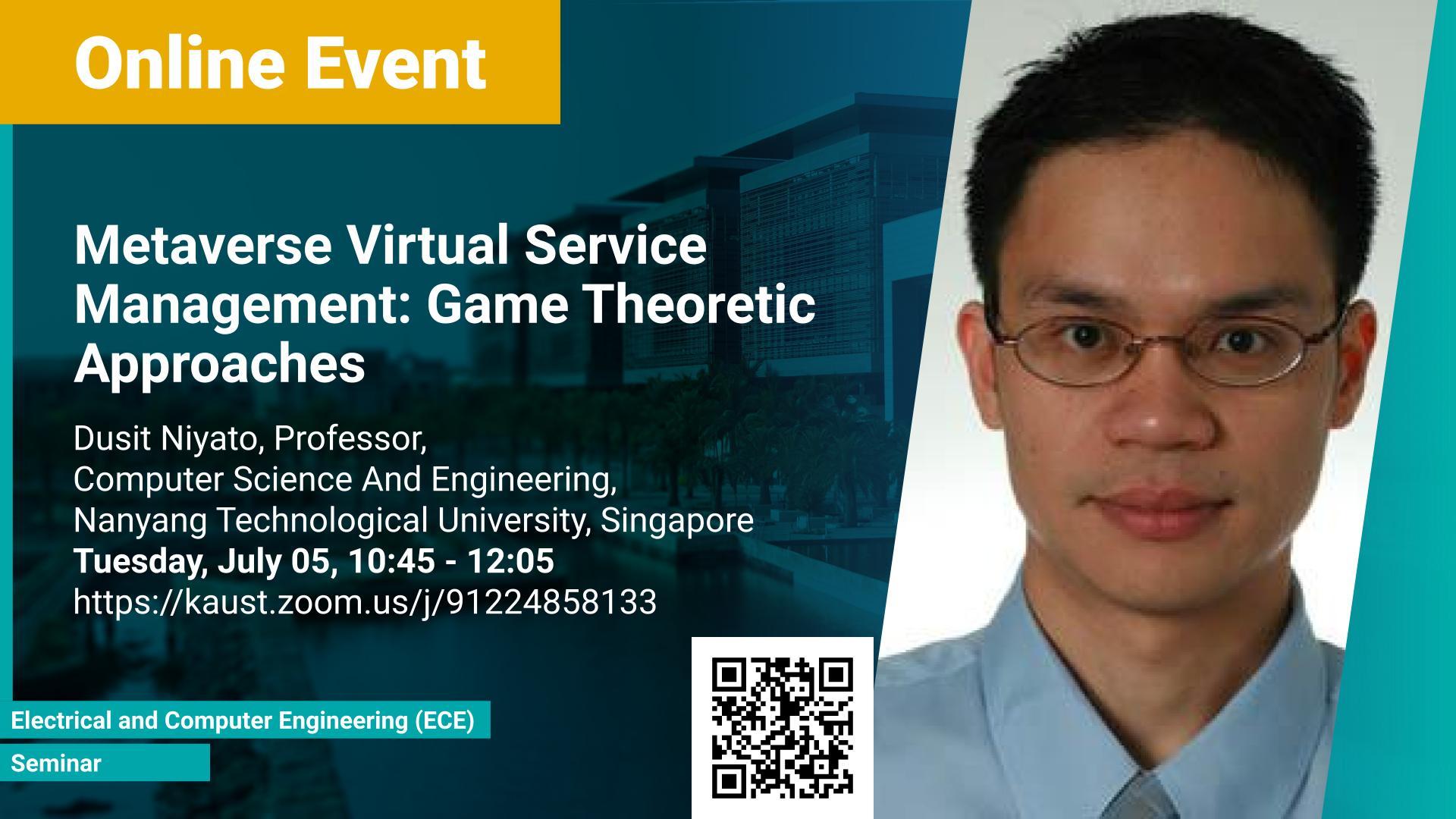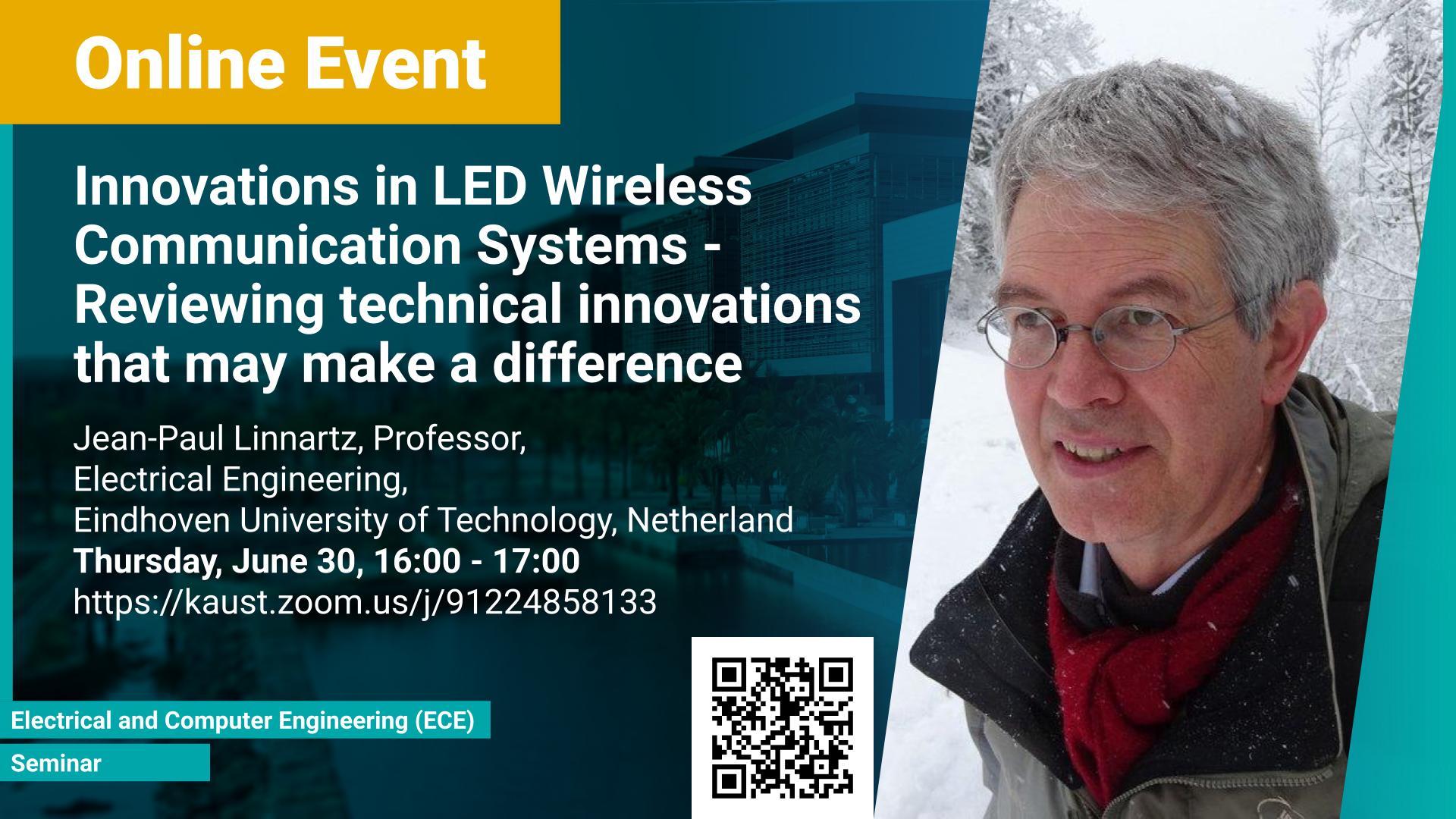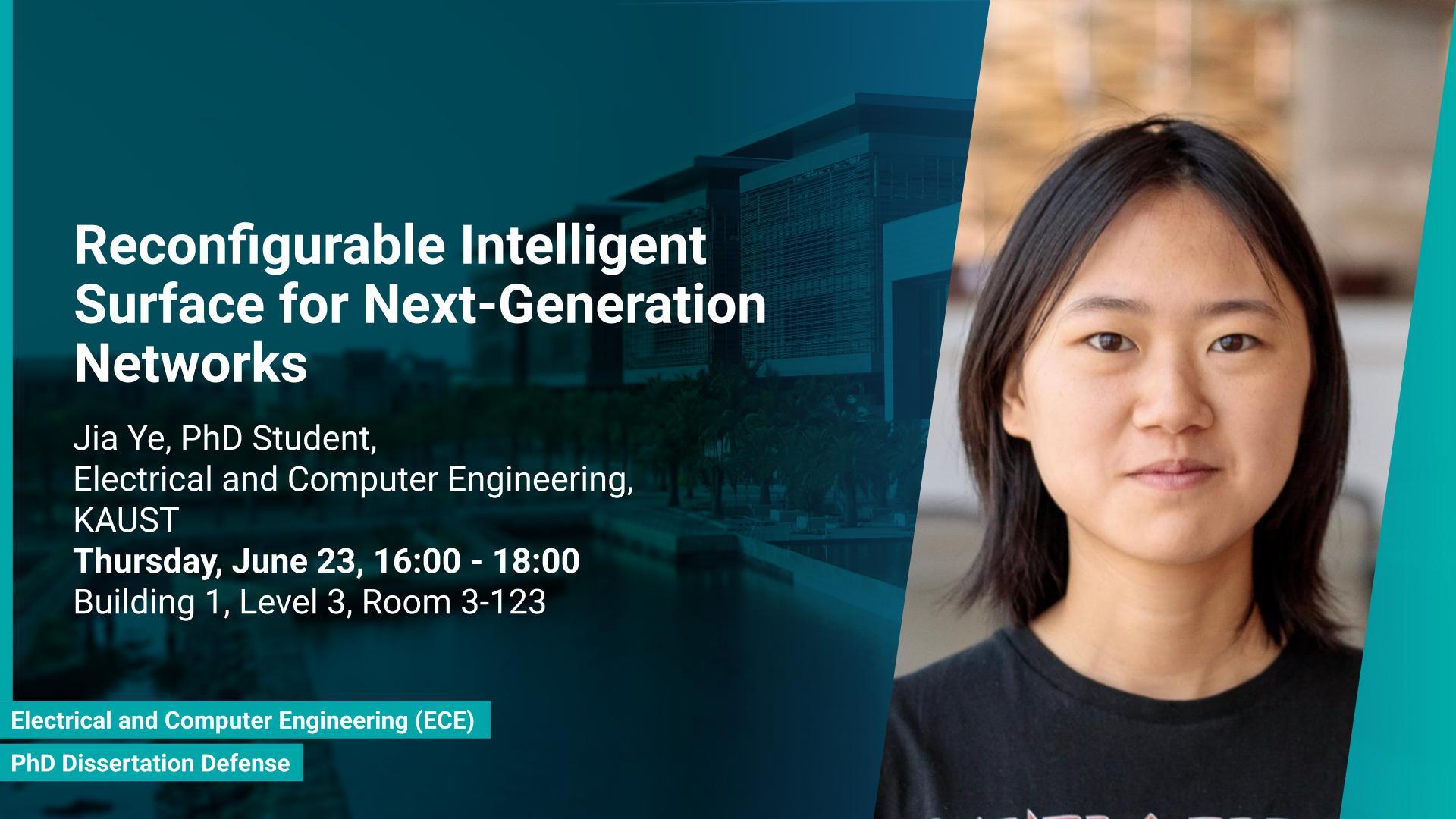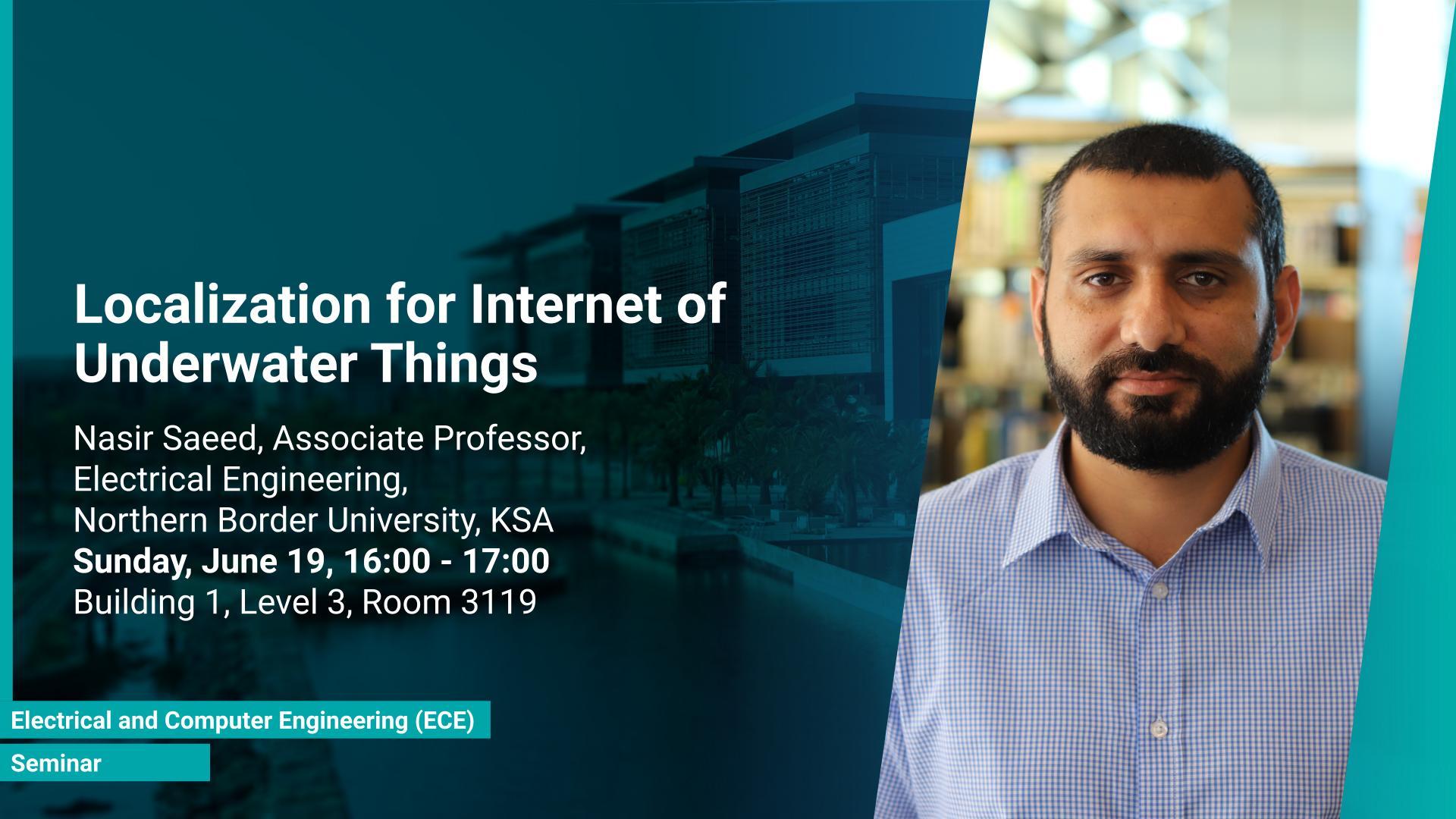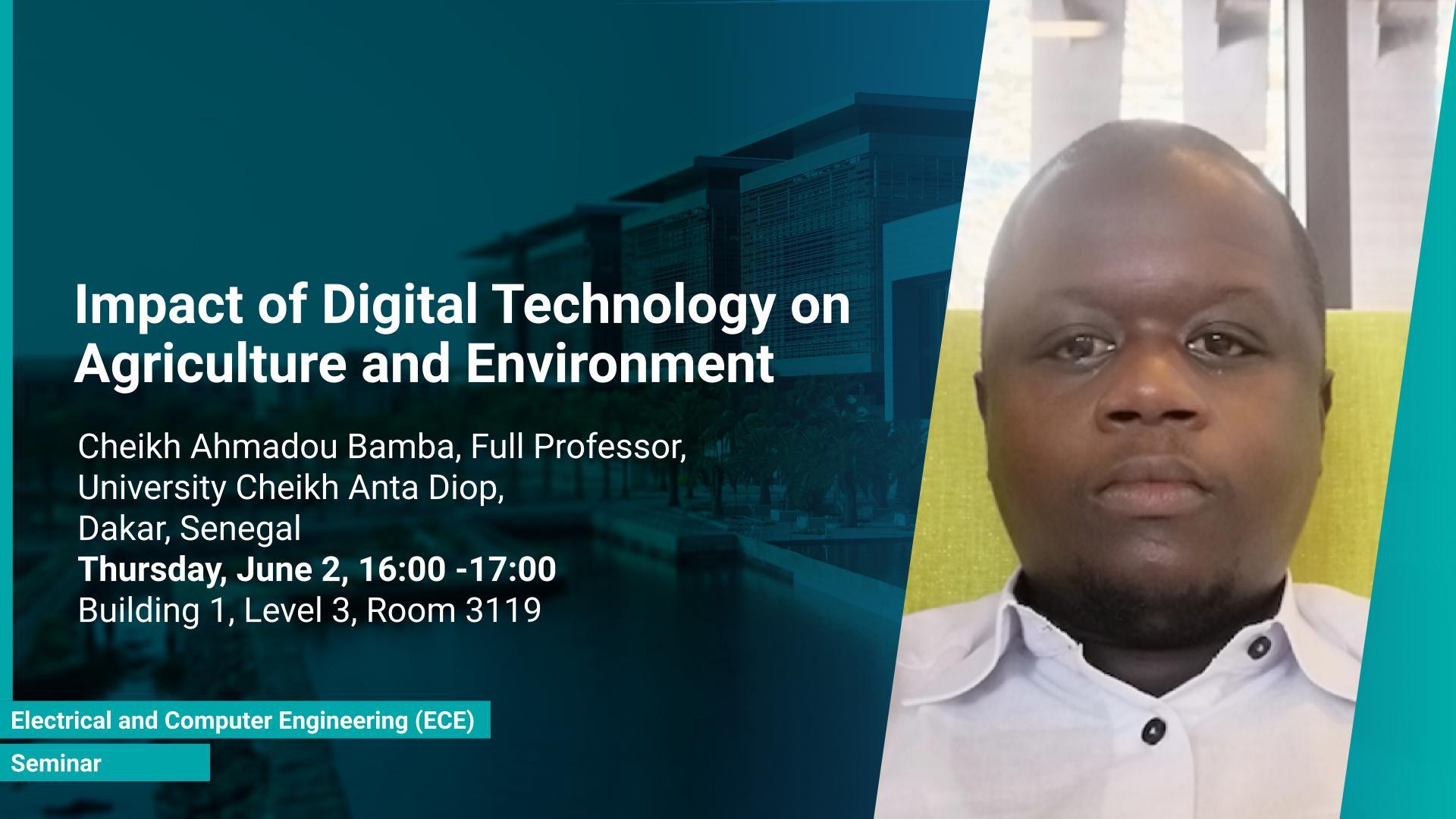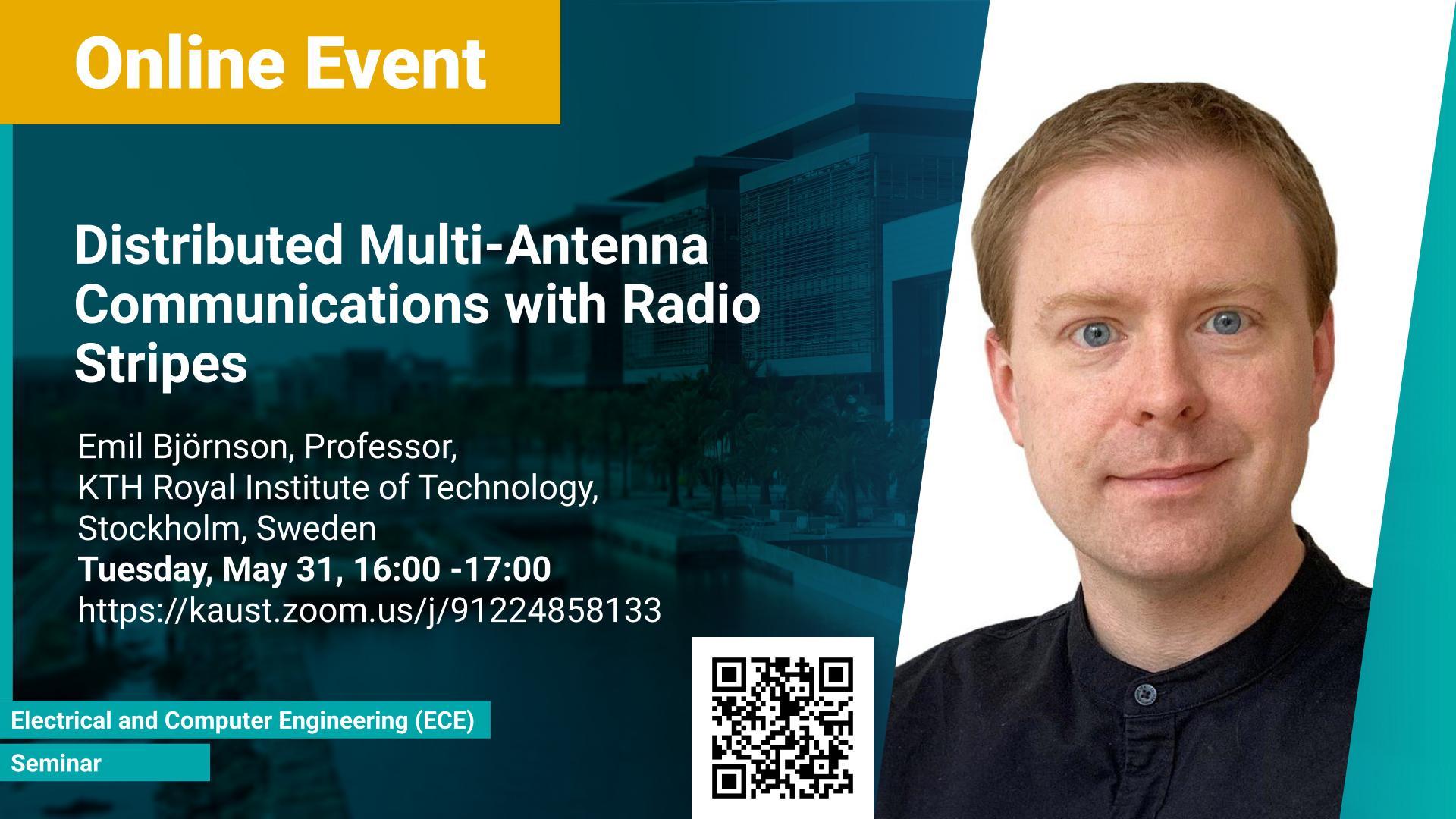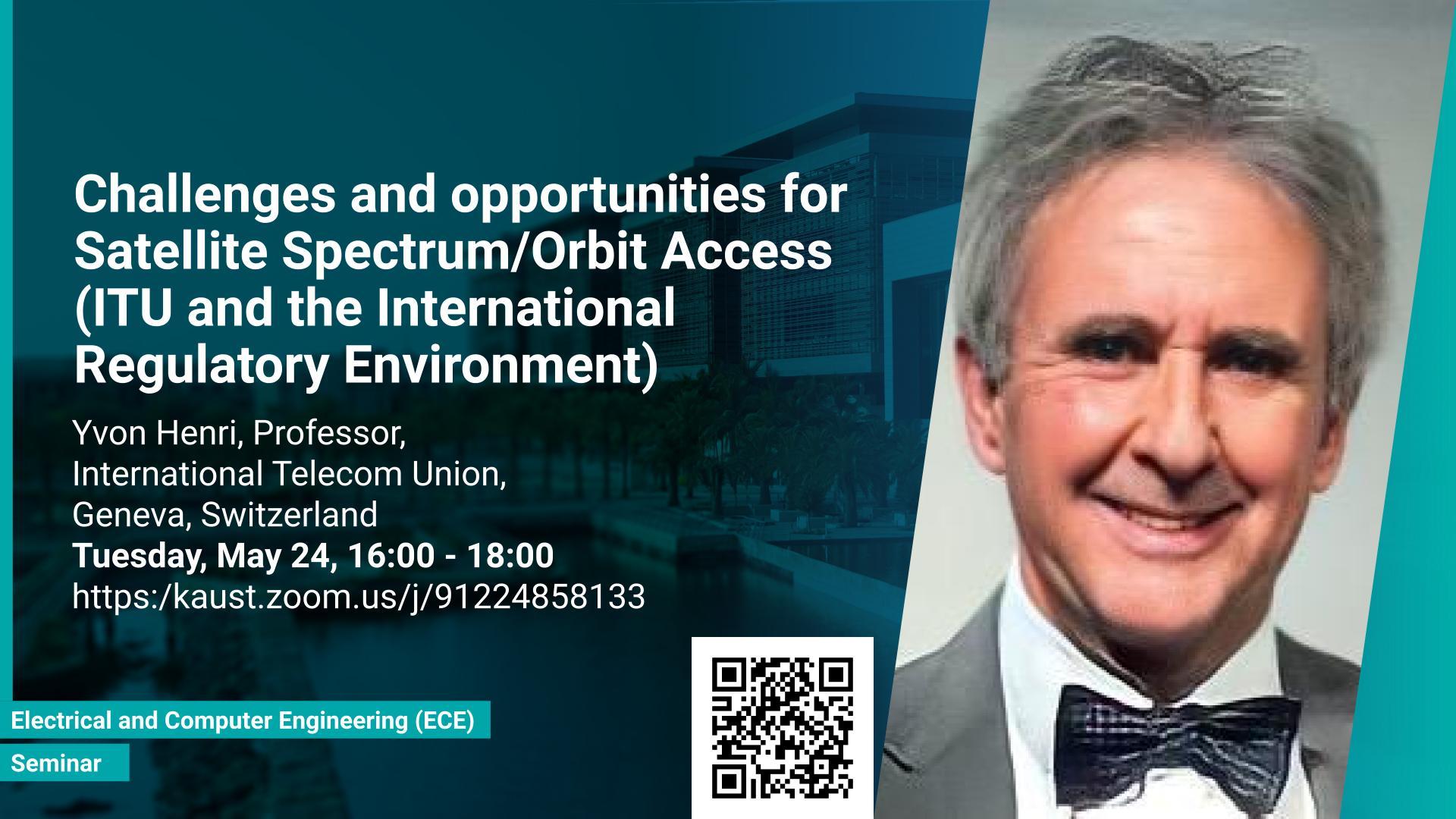Professor,
Computer Science
Tuesday, September 13, 2022, 14:00
- 15:30
B9, L2, R2325
In this talk, I will start by providing our vision for next-generation networks. Throughout the talk, I will highlight several challenges in existing communication technologies that could have the potential of shaping new research and deployment directions of future wireless networks, including, (i) review our recent advances in non-terrestrial networks, which includes both UAVs and satellite (ii) show satellite systems are essential for today’s traffic-intensive applications while maintaining an accepted end-to-end latency for delay-sensitive applications and (iii) show how we integrated both existing Wi-Fi technology with optics to extend the Internet as we use it today to the underwater environments via Aqua-fi.
